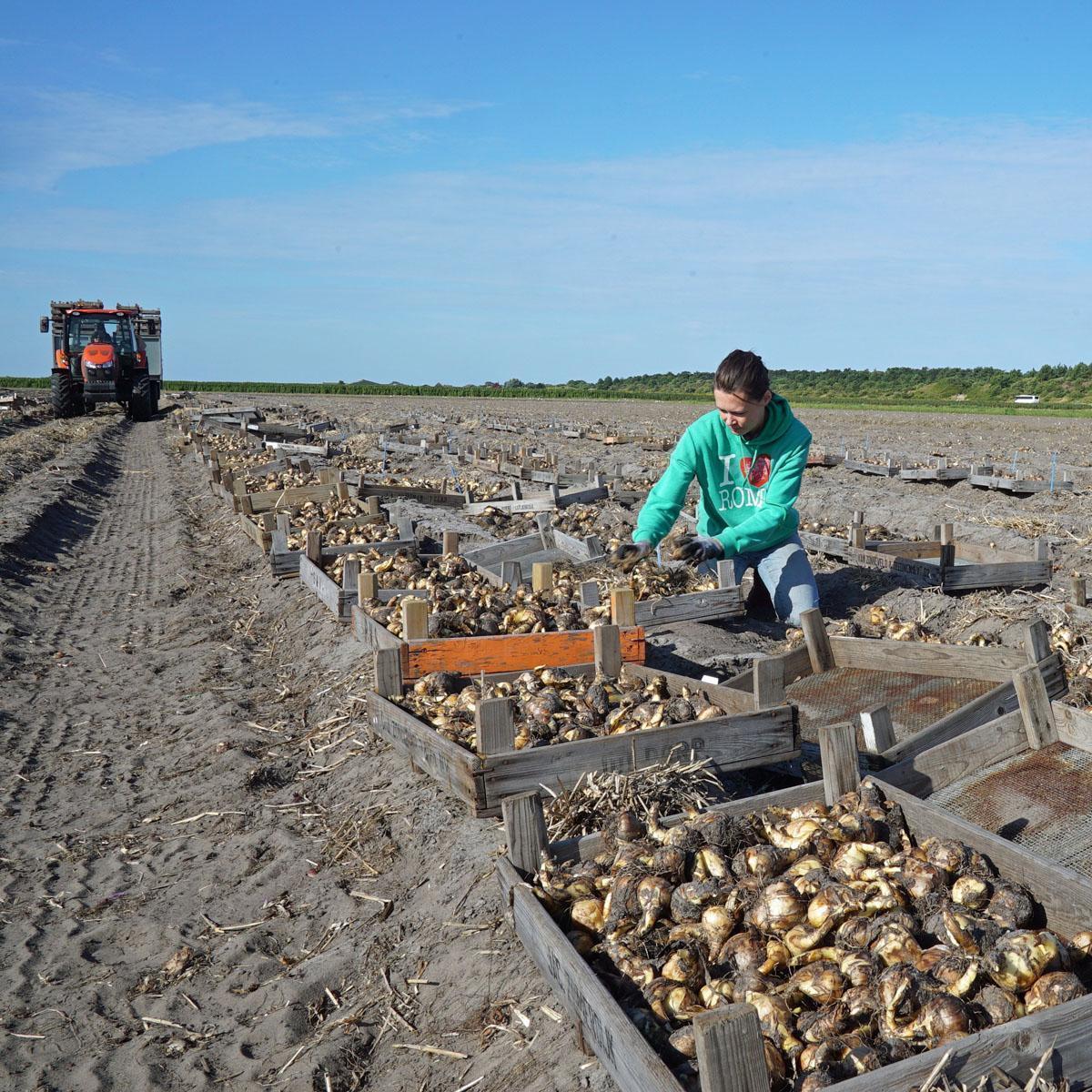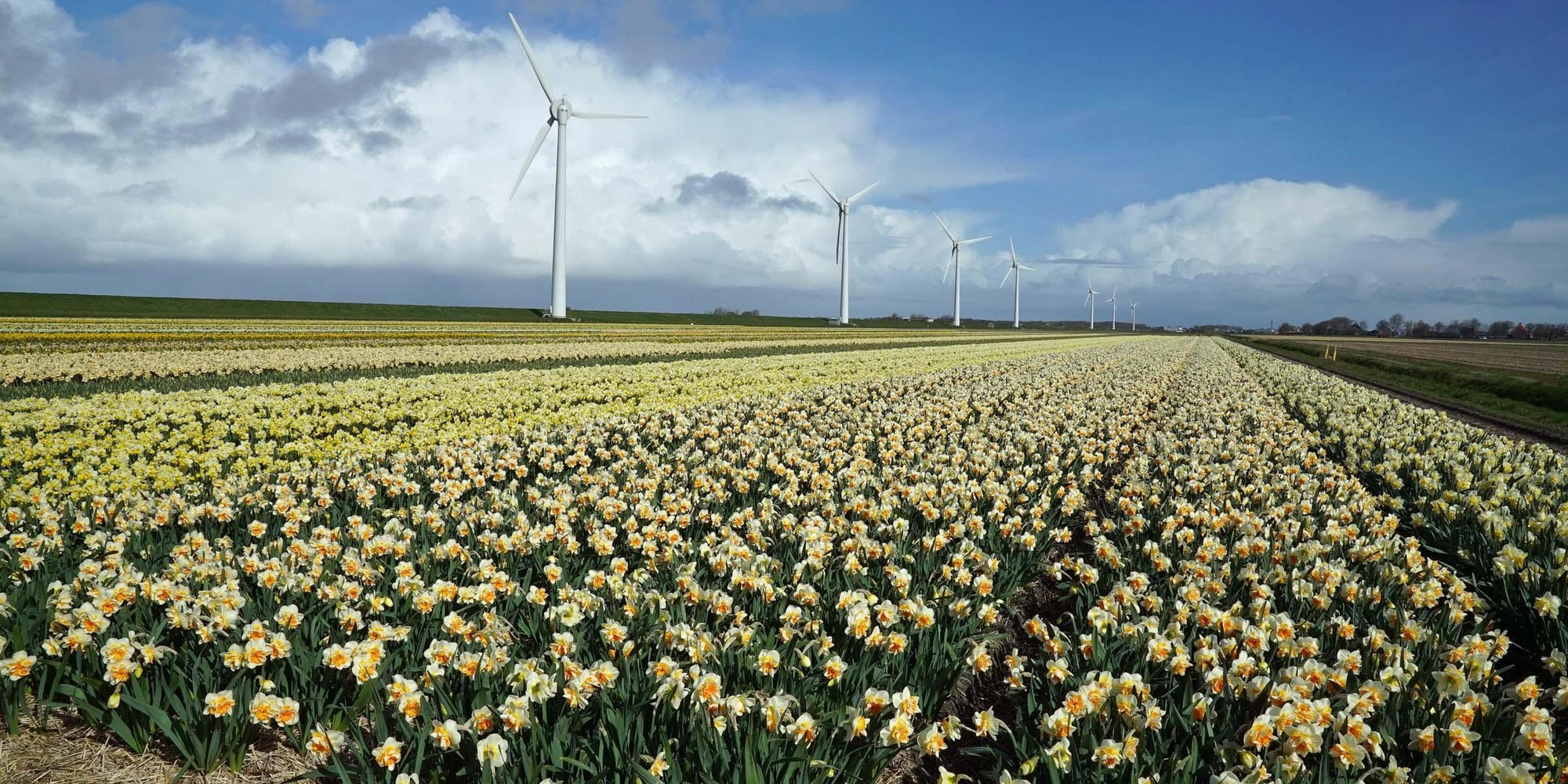Spain
In my last two newsletters, I failed miserably at fulfilling my promise of telling you more about my trip to Spain. I really don’t think I can get out of telling you about it any longer now, so here is the story of our expedition, which was organised by Mr Brian Duncan, and put together in a way that made it possible to see most of the Spanish Daffodils in their natural environment.
Narcissus bicolor
Daffodils in the Pyrenees? You might still be wondering if that is actually true. Yes, the Daffodil has her roots in the south of Europe, mostly on the Iberian Peninsula. Spain and Portugal are the homeland of dozens of varieties of Daffodils. Daffodils are also found in the Alps, in France, and even in the north of Africa, but most of them grow in Spain and Portugal.

Narcissus alpestris
Some Daffodils can only be found in a few places, others are much more spread out over large parts of the Peninsula. In some spots, you won’t believe your eyes: they grow like weeds, the way we see dandelions in the Netherlands.
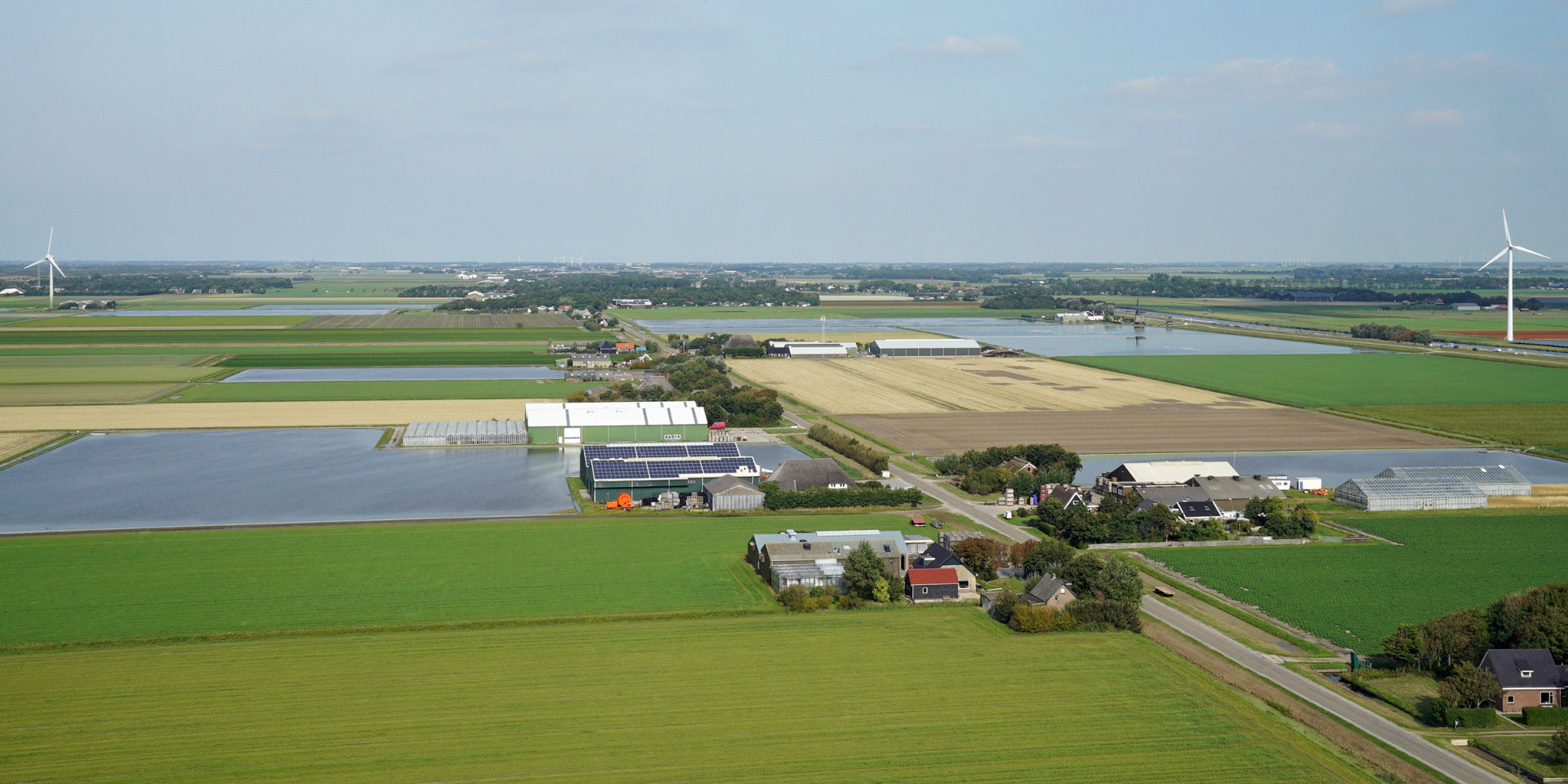
Narcissus poeticus
I like to joke that Spain has three times the number of Daffodils that the Netherlands and England have combined, and during this trip, it was mostly Narcissus poeticus that seemed to be everywhere. They are the ancestors of Daffodil Actaea and Daffodil recurvus, both of which you can find in the Fluwel web shop.
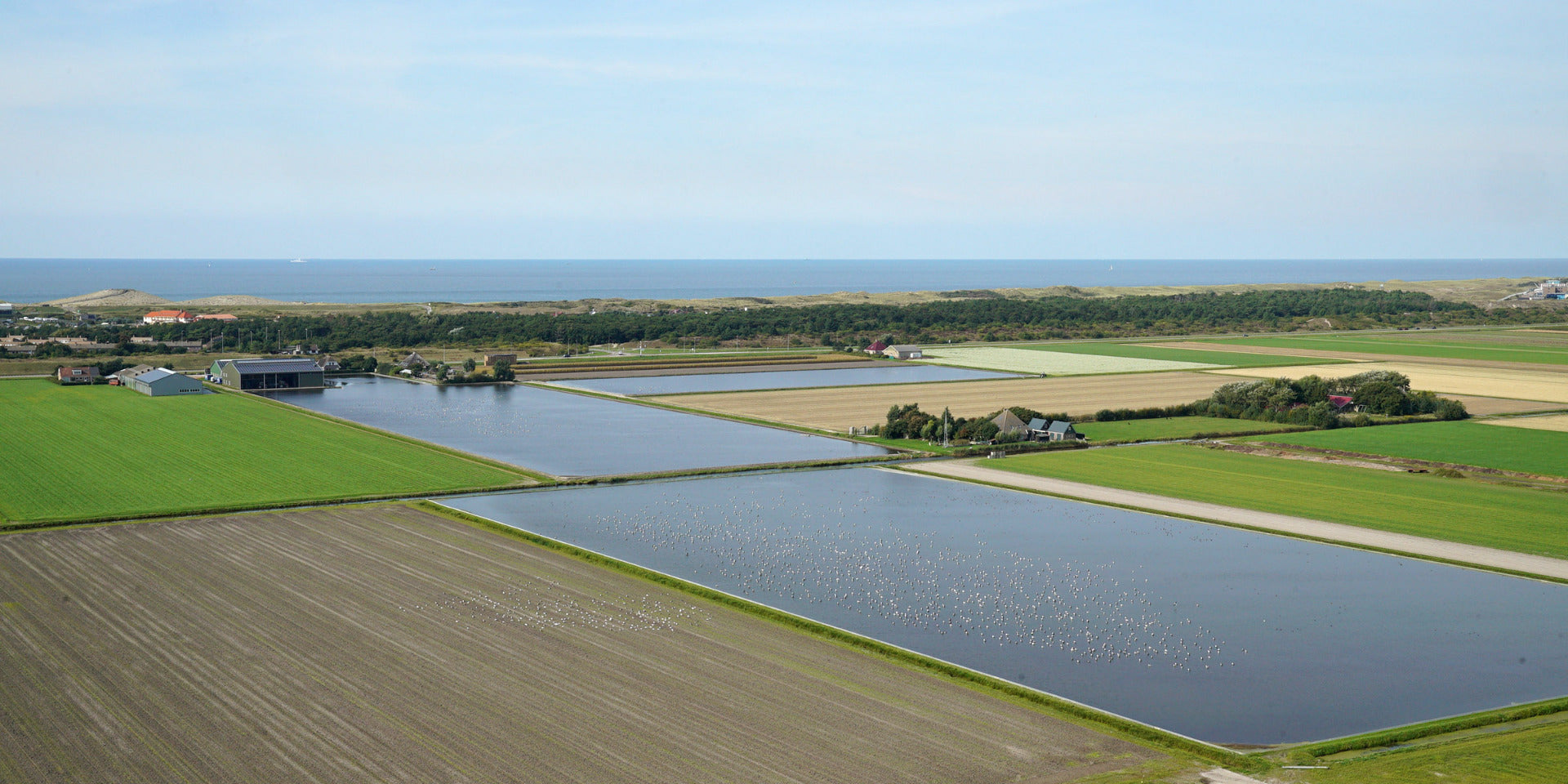
Narcissus poeticus
We ran in to them in ditches, on roadsides, in the forest, and in fields, but for the biggest part of the flower explosion, we were just a little bit too early.

To show us what we were missing out on, this friendly hotel owner got out an old photograph of a field near the hotel, taken during a year in which it was full of Daffodils. Unfortunately, the owner of the field decided to let horses use it, so now, there are hardly any Daffodils at all, but there are tons of other places that still have the number of Daffodils you can see in this picture.
Narcissus bicolor
The same man managed to surprise us even more by telling us that the best Daffodil show, put up by the Narcissus bicolor, hadn’t even started yet. That one grows between the 15th and 20th of June, something that surprised all of us, as we all thought Narcissus bicolor is an early Daffodil. But no, bicolor is different here: she can be found at 2000 meters high, places where people normally spend time skiing. We were told that they colour the mountains yellow in early to mid-June, but whether the man was truly talking about Narcissus bicolor? We can’t be sure, as the other Daffodil that grows there a lot too is Narcissus abcissus, and they share a lot of similarities.

The dark yellow of the Daffodil abcissus
What really stood out to me is the massive number of differences that can exist between one dingle species of Daffodil. There is often a discussion about the name of a particular Daffodil we encounter, as all Daffodil enthusiasts know what the different species look like down to the tiniest detail.
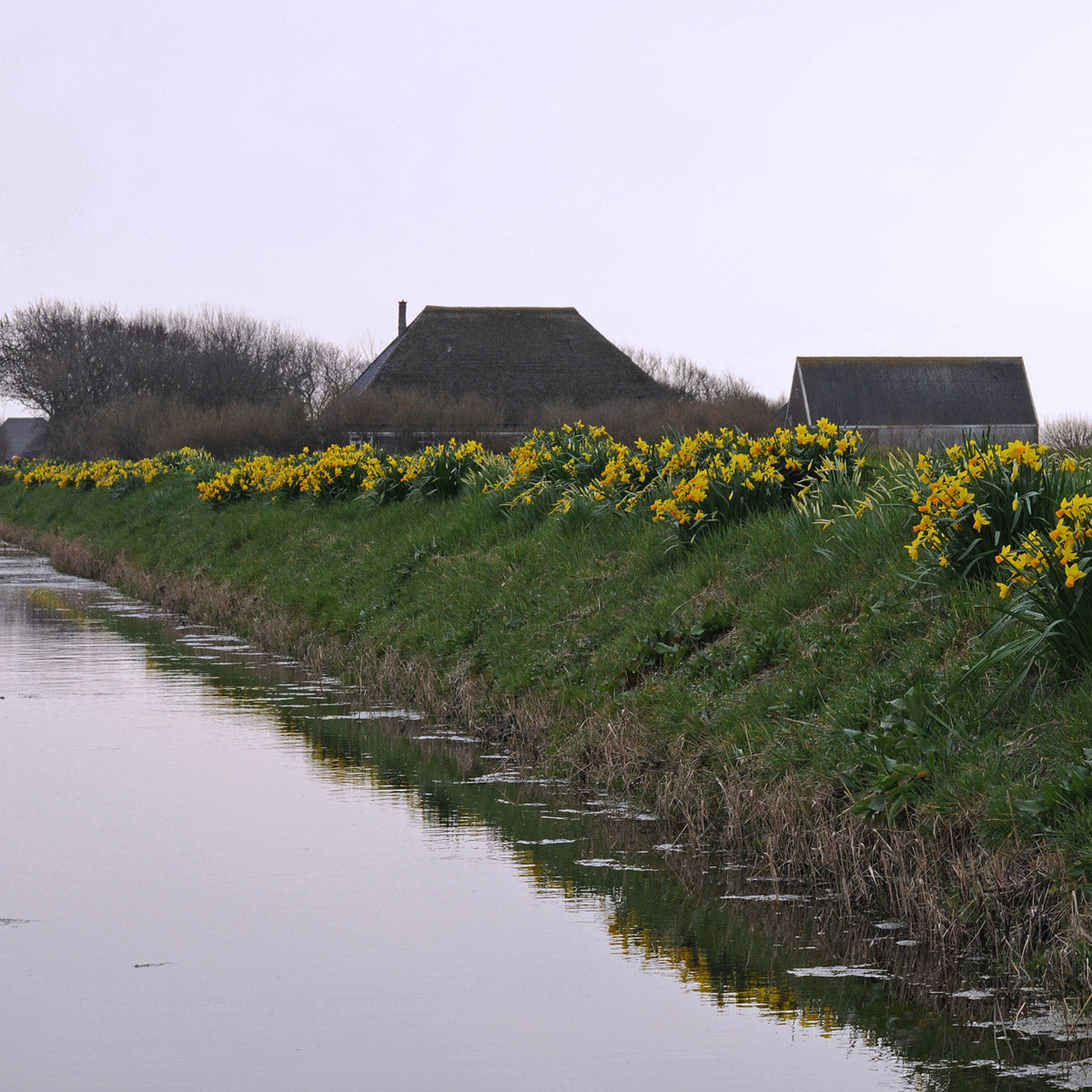
Narcissus bicolor
If you look at this site, for example, you see all these different versions of bicolor. They look the same upon first glance…
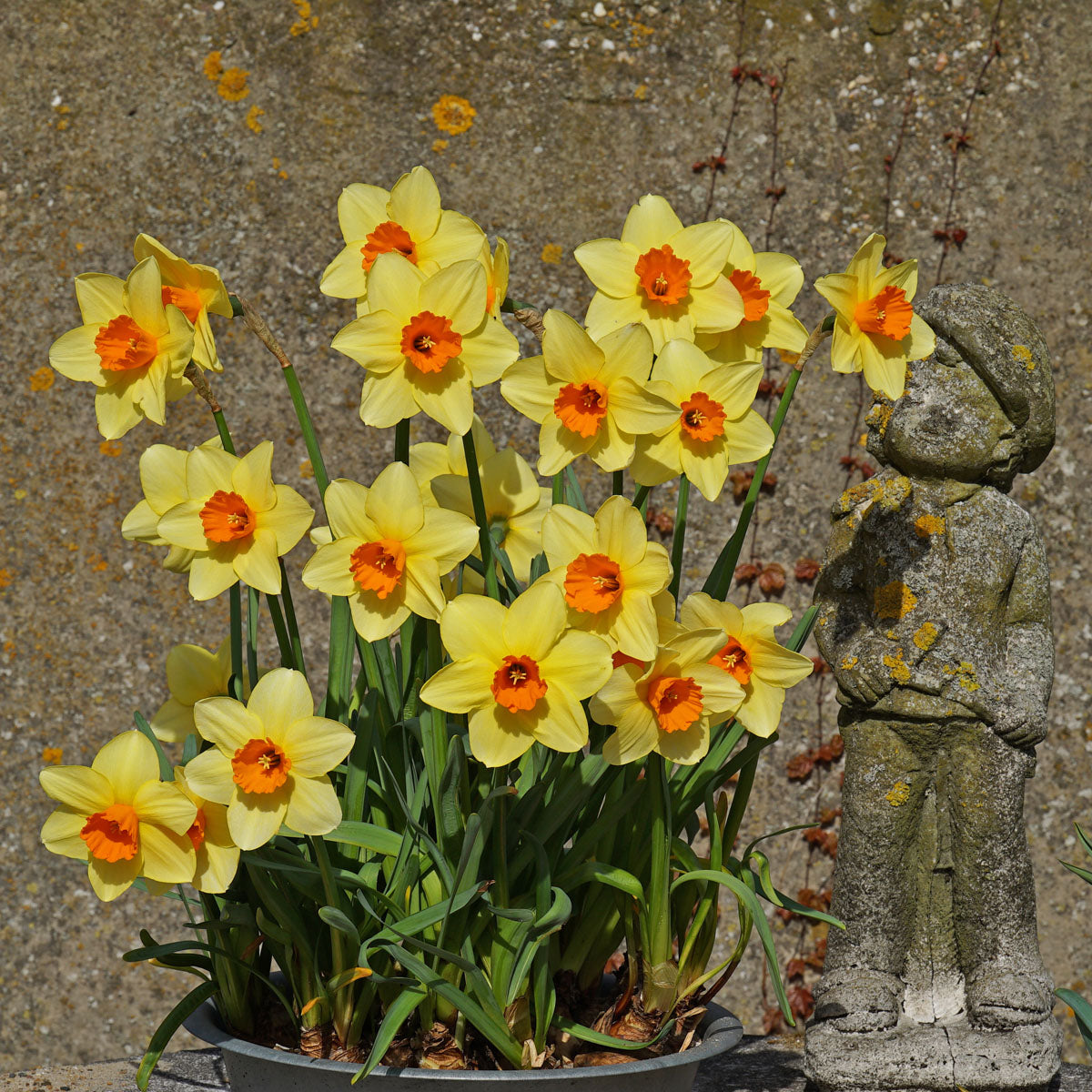
Narcissus bicolor
But if you pick a flower from all the different groups, you’ll see that there is an enormous variation to be discovered among them. The bicolor on the top right and bottom left seem to be fully yellow, so you can’t even generalise that bicolor always has two colours.
A special Crocus vernus. We found her high in the mountains, close to the snow. In that spot, you often find Crocuses.
Her Royal Highness Sally Kington, having a discussion with Brian Duncan
I gave the different bicolors to Her Majesty Sally Kington, and even she was surprised to see the differences between them. Maybe I should explain why I am calling Sally Kington Her Majesty: She is what I would say is Royal Horticultural Society Royalty. She oversaw the Daffodil registration of the RHS for years and knows an incredible amount about all kinds of Daffodils. Besides that, I would like you to know that she is also very well-mannered and posh, so I started calling her ‘Her Majesty’ years ago, kind of as a funny way to acknowledge all that she has done for the RHS over the years. The name stuck, because I think a lot of people agree with me on her position, so now, Daffodil enthusiasts form all over are calling her by this name: if you mention Her Majesty, everyone knows who you’re referring to.
Narcissus assoanus, a miniature Daffodil that can be found in a lot of different places in Spain.
I can just hear you thinking: were you really going hiking in the mountains with all these people that seem to be over 80 years old? Yes, I did. They brought an incredible amount of knowledge with them, even though they had to shout it at each other to be able to hear it.
If we saw a Daffodil anywhere, I would often hear “Carlos, would you be so kind as to pick a Daffodil for me?” I can’t really say no, because Her Majesty often tells me about the torture dungeons they keep in her palace, so I would gladly climb a few rocks to deliver her those Daffodils.
The results of our expeditions: a happy little vase at the end of each drive.
Narcissus x montserratii
Another fun fact is that species Daffodils don’t always associate with species of the same kind. Sometimes, they have affairs with each other, and because of that, you find a new hybrid. The Daffodil you see in the photograph is a combination of Narcissus poeticus and Narcissus abcissus, though we can’t tell which one was the father and which one was the mother. It’s very interesting to see how Narcissus poeticus always transfers her orange-red colour to her offspring: that can’t be found in any other Daffodil. All current Daffodils with orange and red have the poeticus in their ancestry somewhere. The N. x montserratti shows us what the first hybridized Daffodils might have looked like over a hundred years ago.
But it is time to stop telling you about all this, though I am happy I finally did get to tell you about my trip to the Pyrenees!
Next week, there probably won’t be a newsletter. I need the week to spend time with an American customer, who I am showing around the Peonies and Lilies.
Kind regards,
Carlos van der Veek























 Deutsch
Deutsch English
English Nederlands
Nederlands







